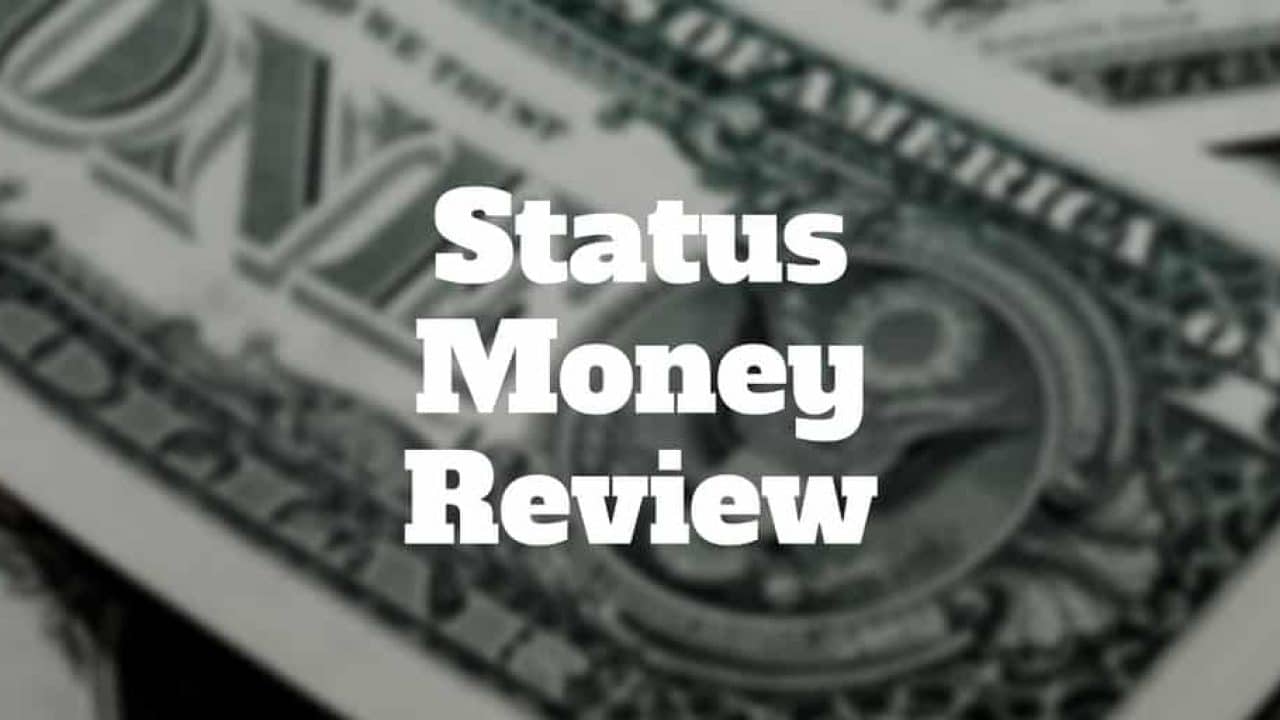
Status Money is a new kind of financial platform built by two data scientists from New York in 2016. Their goal was to empower users to make smarter money decisions by harnessing the collective knowledge of the crowd. They realized that, although your personal finances don’t exist in a vacuum, the only information you ever get to see is your own – your own balances, your own transactions, etc. Here’s our Status Money Review.
What Is Status Money?
Thanks to social media, we’ve gotten used to sharing practically everything from our favorite music to a fantastic meal we’ve cooked, to what our cats are up to. Maybe we’re sometimes oversharing. But some of us really hold tight to the concept that “knowledge is power.” And the more information we have, the more knowledge we have, right?
So why don’t we share more information about our finances?
“Whoa! Wait a minute there,” you say. But don’t worry; we’re not talking about sensitive, private stuff like PINs. Instead, we could benefit from knowing stuff like this:
- Are you getting the same interest rate as other people with the same credit score as you?
- What is the typical debt-to-income ratio of someone living in your area?
- How about the average monthly housing rate for people renting in your city?
- What are people your age spending on eating out each month?
The answers to these sorts of questions can help us make more informed decisions about our personal finances. And Status Money was created to help get those answers.
Other finance apps keep trying to figure out the answers to those questions, like a guessing game. But the unique and defining feature of Status Money is that you’re able to anonymously compare all the different aspects of your finances to those of other people just like you from across the nation, so you can make better decisions that impact your net worth.
And it appears to be working. A recent study by the University of Chicago Booth School of Business analyzed the spending behavior of a group of Status Money subscribers. The research showed that users who discovered they were overspending when compared to their peers, cut their monthly spending by an average of $600 per month.
How Does Status Money Work?
Status Money uses what it refers to as a “proprietary insights engine” that shares anonymized data on millions of people across the country. This ensures that the data you’re comparing is of a larger, more relevant, and unbiased group of peers and national averages instead of just a set of other Status Money members.
You can compare your net worth, spending, debts, assets, income, and TransUnion credit profile to three different data groups:
- Peers – People most similar to you in age, income, housing status, and location.
- National Average – Think of this dataset as the Nielsen ratings for personal finance.
- Customized Groups – You can create your own dataset of filters (age range, location, location type, credit score, income, and housing type) to compare your finances.
By default, each section and subsection of your finances (spending, income, debts, assets, net worth, and credit score) is compared to both your peer group and the national average. Each one is broken down into graphs and charts, which are accompanied by “nice to know” and “alert” cards.
“Alert” cards tell you when something needs your attention. “Nice to know” cards update you on how you’re doing.
I was shocked to see that my $758 credit card balance is sitting way below my peer group, which has an average balance of $2,431 (which, by the way, is above the national average of $2,209).
And here I thought any credit card balance over $500 was too high!











